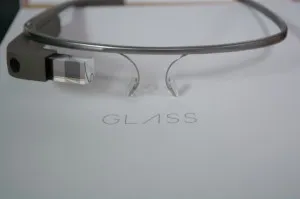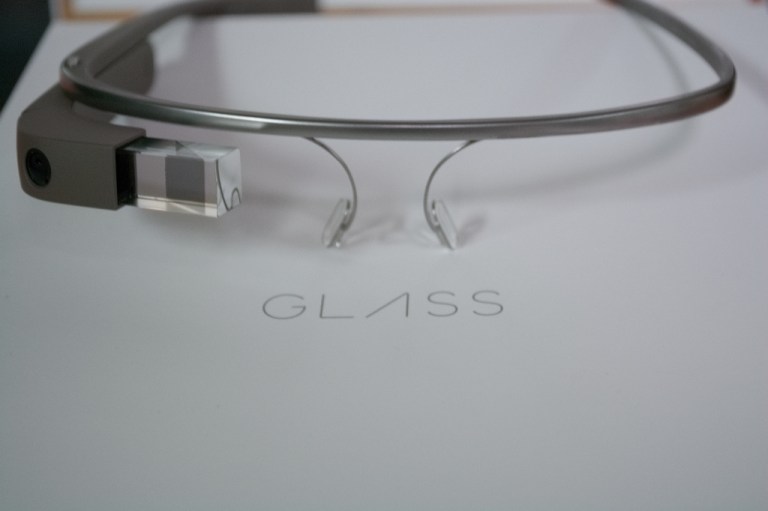Have you ever worn Google Glass? A FitBit tracker? Some other wearable device?

If so, what impressions did you take away from the experience? If not, can you visualize yourself sporting glasses that make you look like you just stepped off an episode of Star Trek?
I’m somewhat of a technologist and technophile, yet I can’t imagine wanting to wear Google Glass or a similarly unusual and conspicuous device in everyday life.
Still, the flow of technology seems to inevitably move us in that direction. So, how will the industry unfold? I predict three stages:
1. Inconspicuousness: We’ll begin by wearing devices that others can’t see, such as in-shoe trackers. These devices promise a range of easily imaginable benefits at no cost to our image. Provided they’re usable and affordable, I can’t imagine we’ll much hesitate to don them. In fact, many already do.
2. Fashionability: Some innovative company, likely Apple, will release a device that’s noticeable but unobtrusive, something like an iWatch. Early adopters will jump on such devices, and because of the devices’ intrinsic attractiveness, mainstream users (Geoffrey Moore’s “early majority”) won’t hesitate to follow suit.
3. Ubiquity: Having tasted wearable technology under the guise of fashion, users will gradually lose their aversion to the idea. In this stage, wearable devices will become increasingly common from head to toe. One writer recently called this stage “borgification”. I prefer to label such a phenomenon with a less obnoxious term: “ubiquity.”
These three stages imply three concurrent sine qua non conditions that makers of wearable devices will need to meet: (1) affordability, (2) inoffensiveness, and (3) usability. Google Glass has, so I read, largely failed on all three counts — the device appeals only to the subset of early adopters who have both wealth to burn and no concern for their image.
But if the rumors about Apple announcing an affordable, fashionable and usable iWatch later this year prove correct, then mainstream users, such as myself, might — sooner than we imagine — move one step closer to ubiquity of wearable devices. Let’s just hope that doesn’t mean “borgification.”
This post was originally published on thedishdaily.com before it was acquired by The Stanford Daily in summer 2014.
